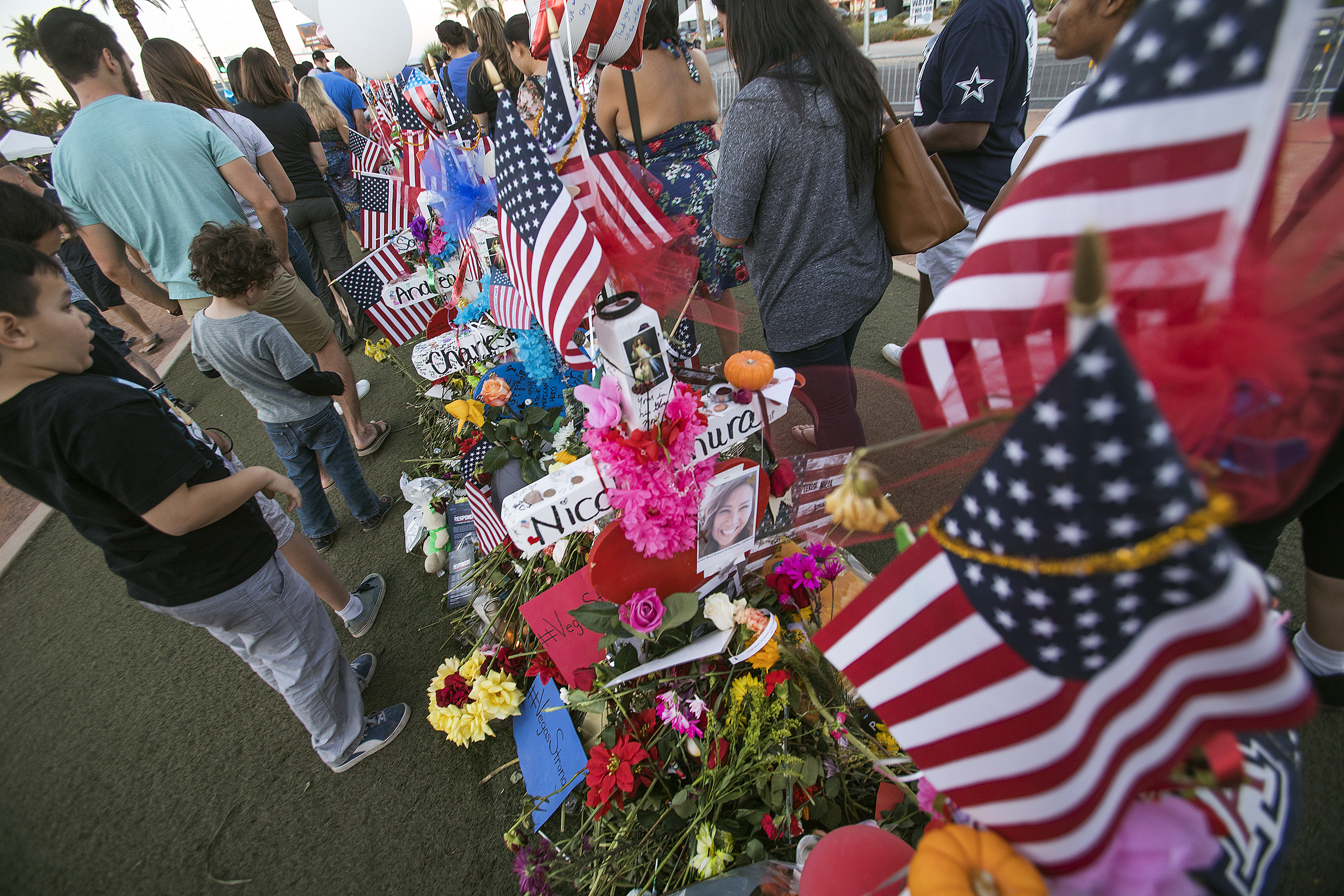After Oct. 1, Nevada congressional lawmakers want changes to urban security grant program

Citing concerns after the Oct. 1 shooting, Nevada lawmakers want to change the distribution formula for urban security grants, which they argue shortchange tourist-friendly places like Southern Nevada because visitors aren’t considered when doling out security funding.
“The October 1st tragedy emphasized the distinct risks Las Vegas faces as a center for tourism and the need for special consideration for places like Southern Nevada in calculating and distributing...funds,” all six members of the congressional delegation and Gov. Brian Sandoval wrote in a March 1 letter to Department of Homeland (DHS) Security Secretary Kirstjen Nielsen. Southern Nevada gets nearly one million visitors a week.
On Oct. 1, a gunman opened fire from a 43rd-floor window of the Mandalay Bay into the Route 91 Harvest music festival, killing 58 people — the deadliest mass shooting in modern U.S. history.
The DHS program in question is the Urban Area Security Initiative (UASI), which is designed to help metropolitan areas prevent, mitigate, respond to and recover from acts of terrorism. The funding is distributed under the Federal Emergency Management Agency’s (FEMA) Relative Risk Profile formula, which ranks the risk of a terror threat in the nation’s 100 most populous urban areas, also known as metropolitan statistical areas.
The issue has long been the focus of Nevada lawmakers. Rep. Dina Titus, a Democrat, wrote to Nielsen in late October just after the DHS chief was confirmed by the Senate, similarly citing the recent shooting. Before that, she wrote a UASI letter in 2013. In 2015, Republican Sen. Dean Heller and former GOP Reps. Joe Heck and Cresent Hardy wrote then-DHS Secretary Jeh Johnson on the issue.
For fiscal 2017, of the $580 million available, the state received $2.8 million in UASI funds, considerably less than more populous metro areas, including New York, $178 million; Chicago, $68 million; and Washington, D.C., $52.8 million, according to FEMA.
According to the March 1 letter, the program’s funding formula lumps together the Strip, which is home to 35 hotels, into “one asset.” It also doesn’t account for the fact that the Las Vegas Valley is home to 20 of the 30 largest hotels in the world, which can have 70,000 people on a single property at any given time.
“Given that these heavily populated buildings are precisely the types of asset being targeted by terrorists around the world, we ask that you count these properties individually and not as a cluster, as each one is a viable target for attack,” the letter said.
The lawmakers also argued that additional funding should be provided to help first responders protect the tourists that visit Southern Nevada, which is home to Las Vegas, a destination that received 43 million visitors in 2017, generating $60 billion in economic impact.
“Southern Nevada welcomes nearly a million tourists from across the nation and abroad in a given week, many of whom are unfamiliar with local emergency procedures; yet Nevada’s first responders must care for and protect them in the event of an emergency,” the letter said.
Special events, such as conventions, are another item that doesn’t get accurately recognized under the funding formula, lawmakers said. The Las Vegas metro area hosts more than 20,000 conventions every year.
“The current...process does not properly reflect the additional resources necessary to meet these unique demands,” the letter said.
